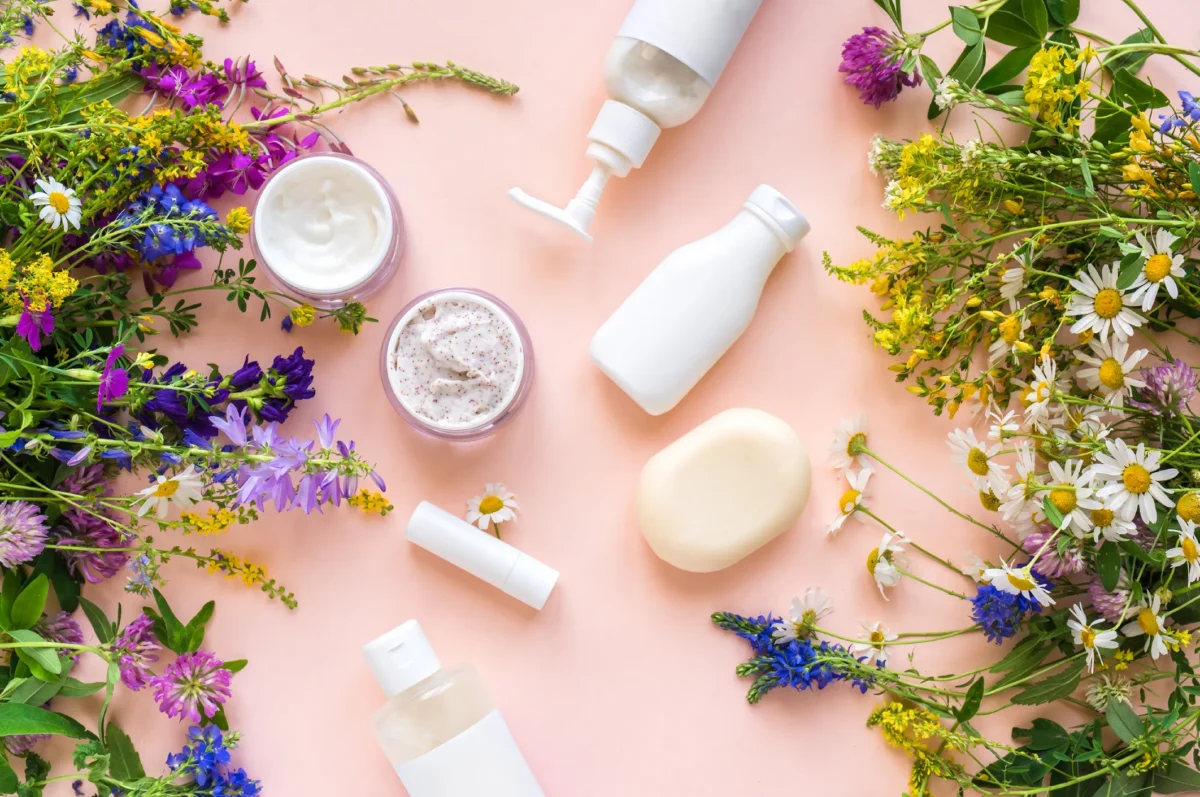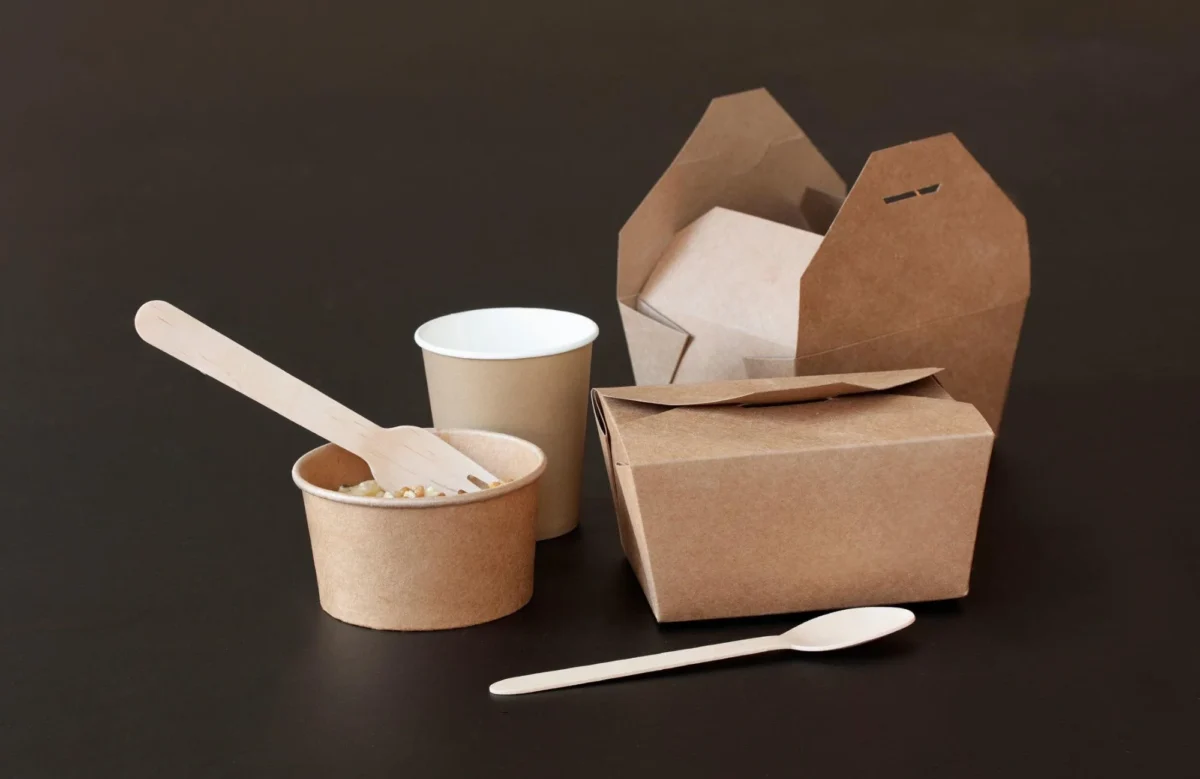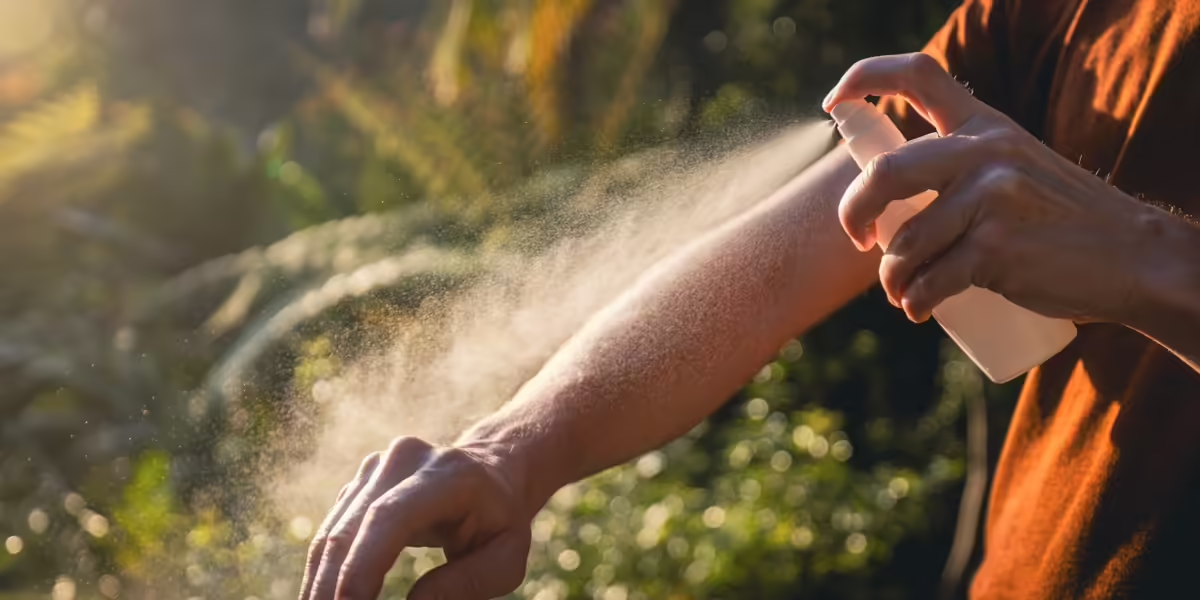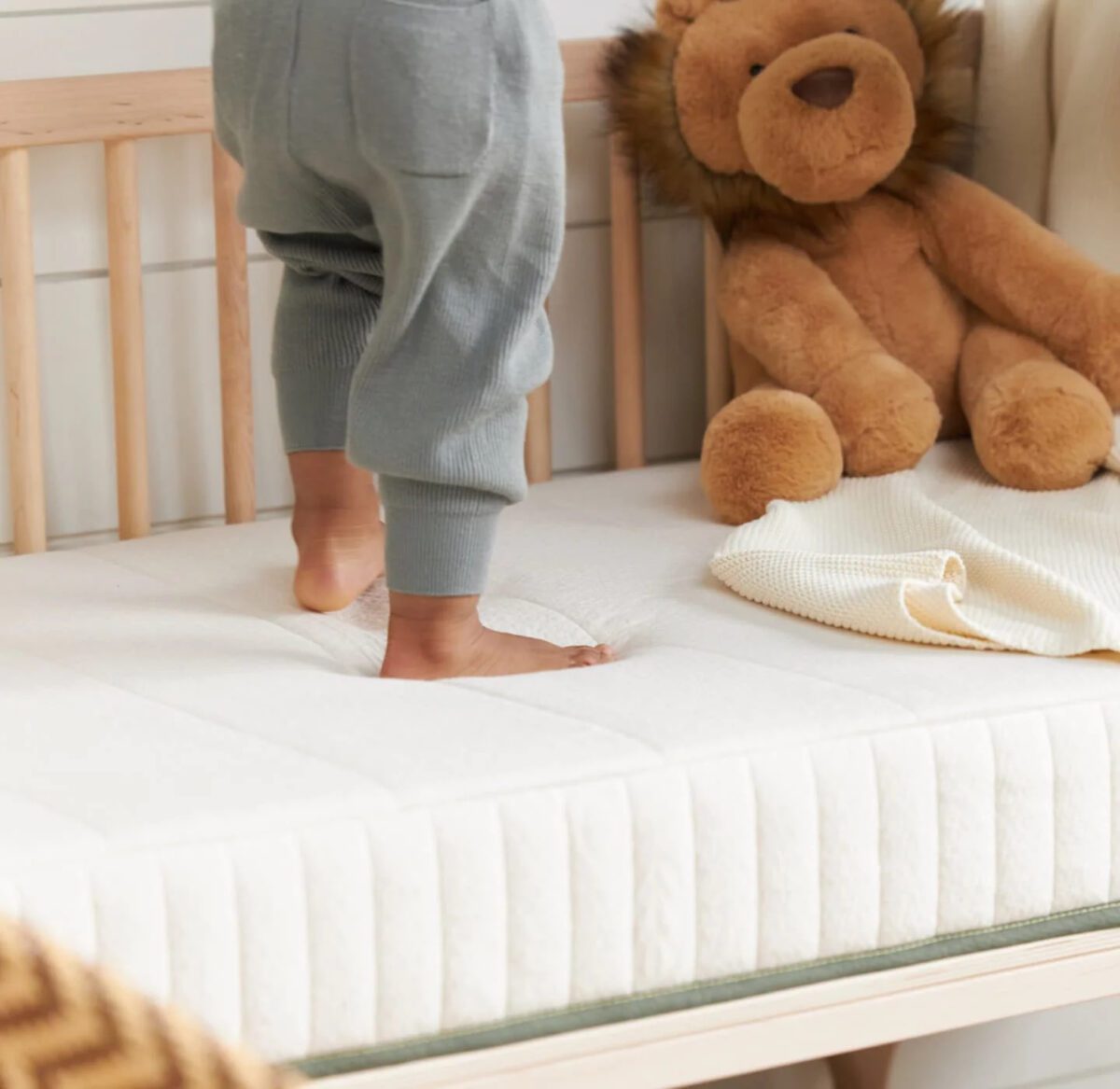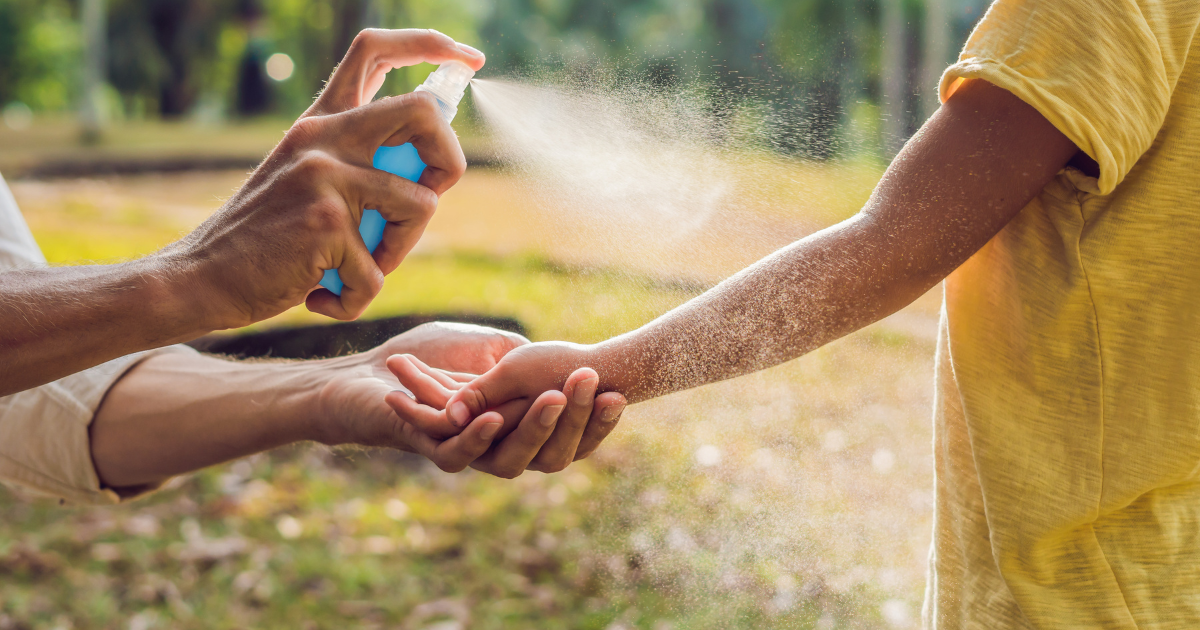Los peligros de las fragancias especialmente cuando se exponen a los niños
Las fragancias pueden causar alergias, asma, y contienen químicos tóxicos. Evita productos con “fragancia” o “parfum”; elige “sin fragancia”–Fragrances can cause allergies, asthma, and contain toxic chemicals. Avoid products with “fragrance” or “parfum”; choose “fragrance-free.”

